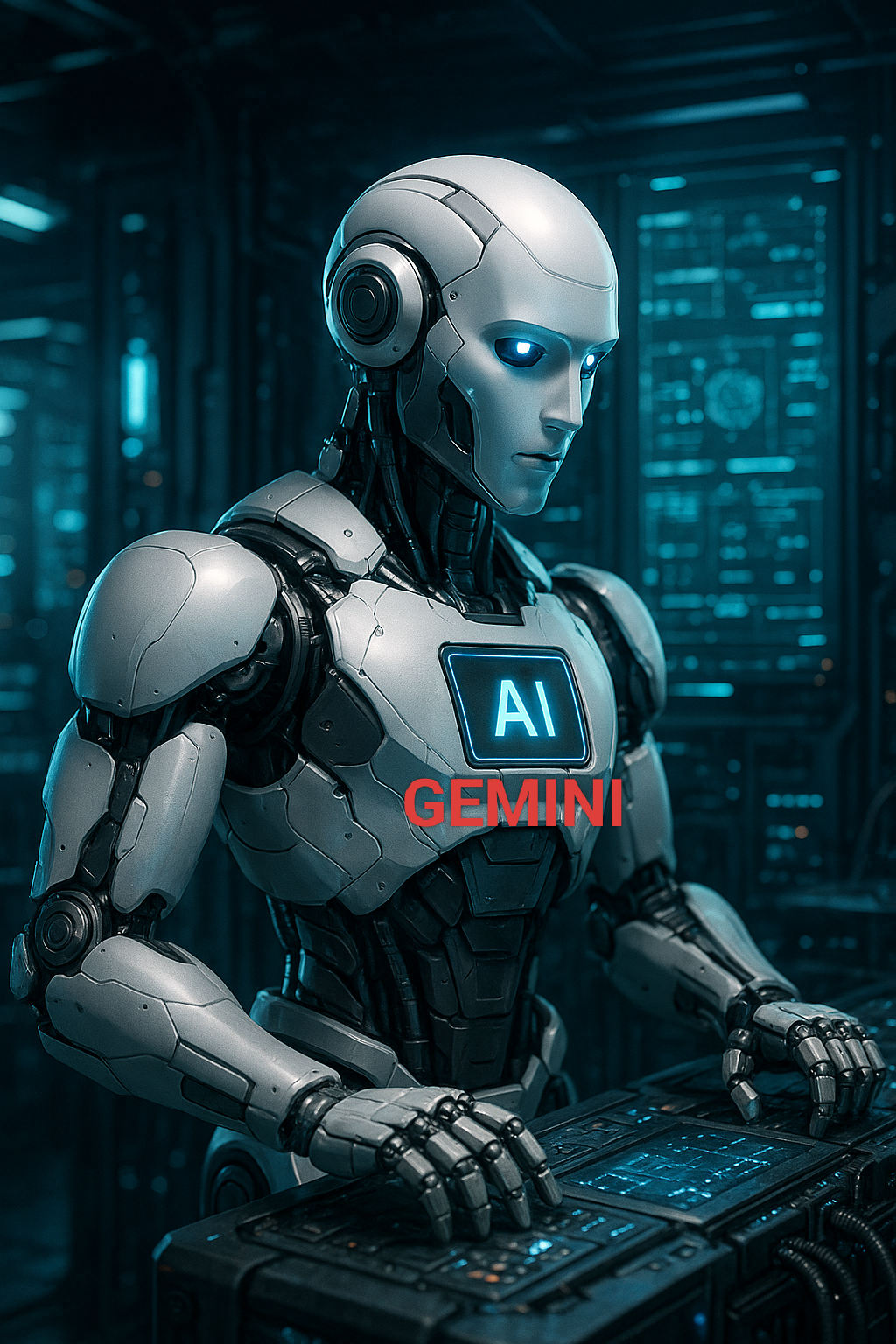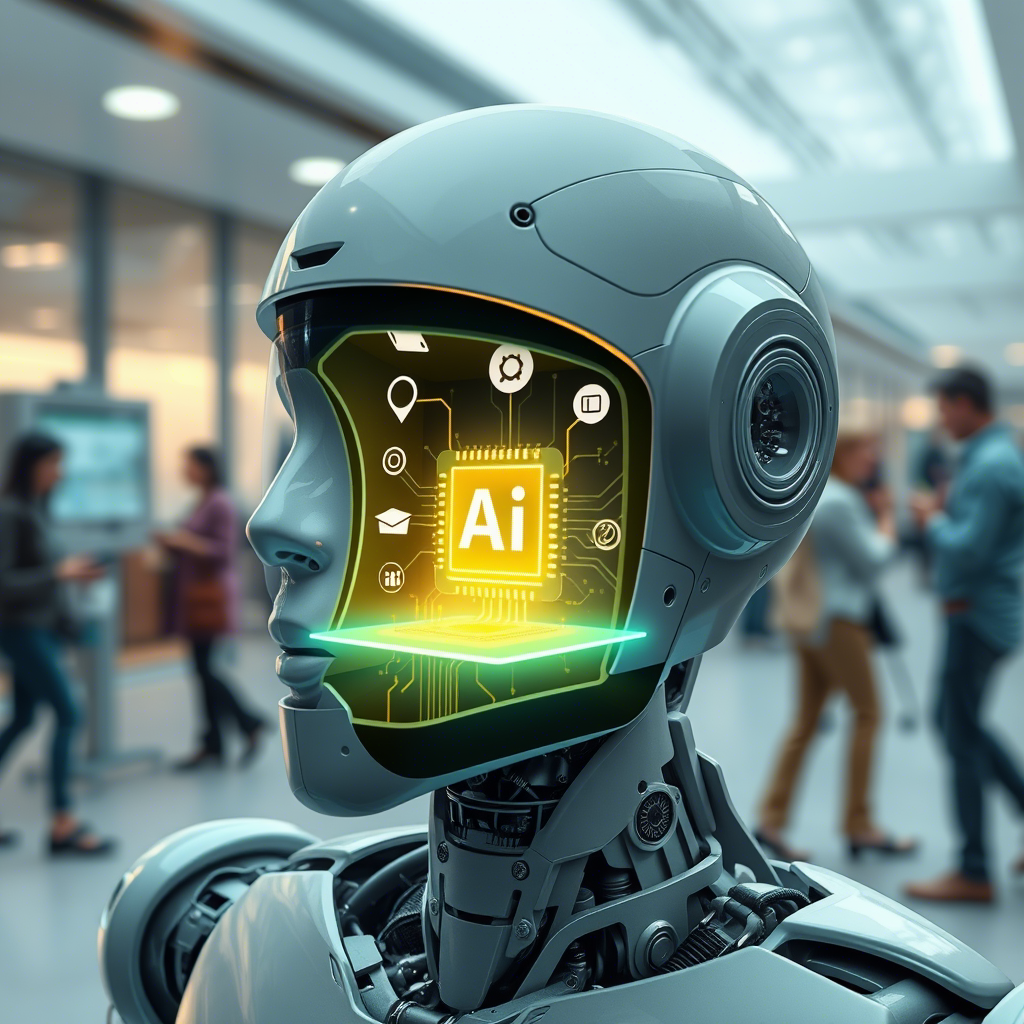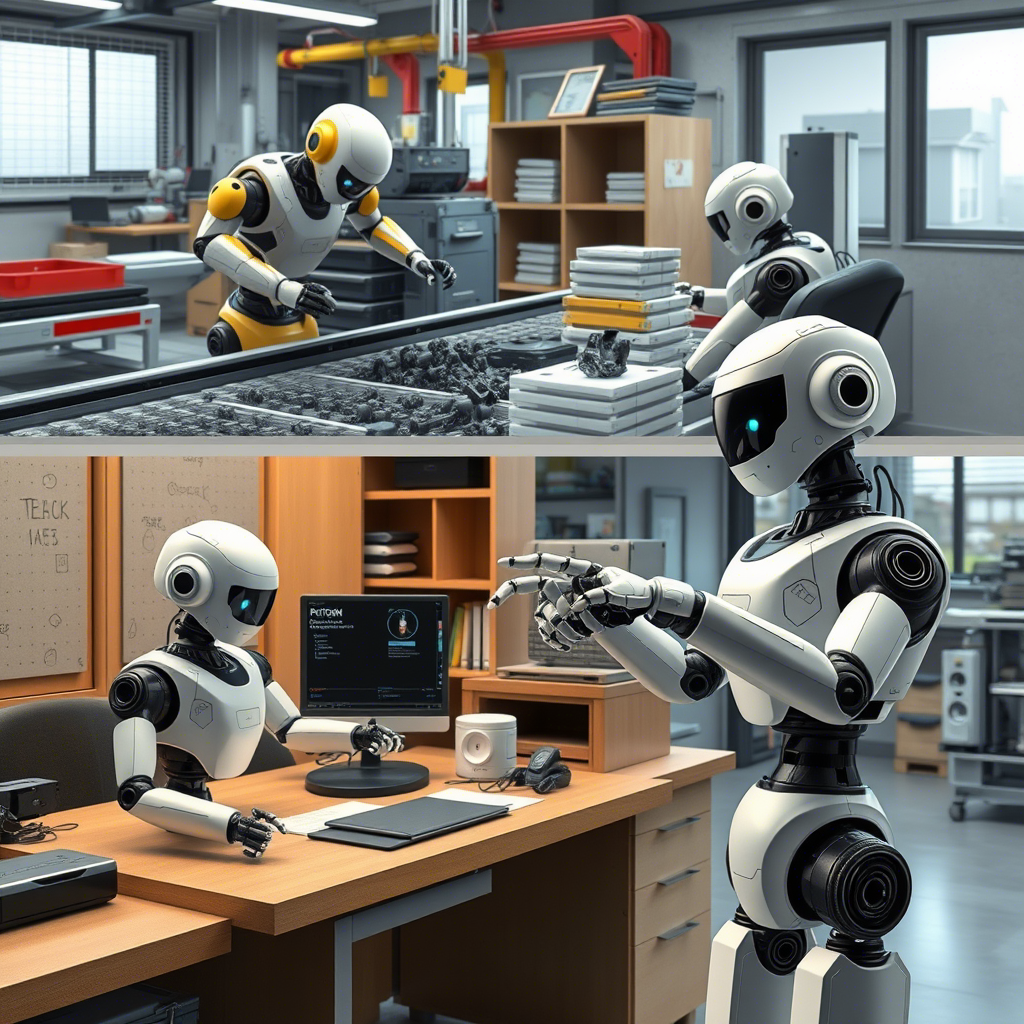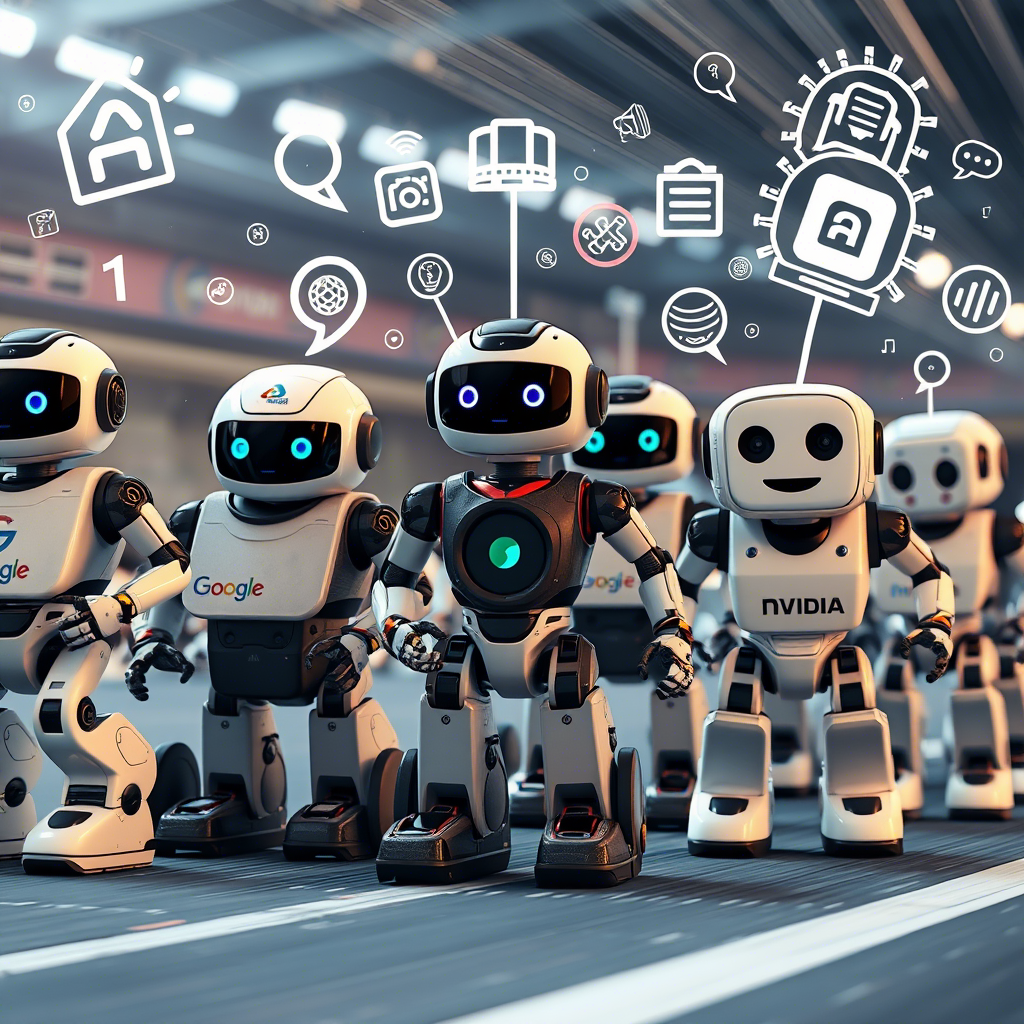On June 24, 2025, Google DeepMind announced a milestone in robotics and artificial intelligence: the launch of Gemini Robotics On-Device, a powerful AI model that runs entirely offline on robots. This innovation marks a pivotal shift in how robots can operate, making them faster, more reliable, and independent of cloud connectivity. As industries and consumers alike seek smarter, more autonomous machines, Gemini Robotics On-Device sets a new standard for what’s possible in the field.

The Vision: Cloud-Level Intelligence, No Internet Required
For years, the most advanced AI models for robotics have relied on cloud computing. These systems required a constant internet connection to process complex tasks, interpret natural language, and adapt to new environments. While effective, this approach introduced latency, raised privacy concerns, and limited deployment in areas with poor connectivity.
Gemini Robotics On-Device changes the game. By bringing a compact yet sophisticated AI model directly onto robotic hardware, Google DeepMind enables robots to perform advanced functions—such as understanding spoken instructions, manipulating unfamiliar objects, and executing multi-step tasks—without ever needing to connect to the cloud. This leap forward delivers near-instant responses, robust data privacy, and dependable performance, even in remote or sensitive environments.
How Gemini Robotics On-Device Works
At its core, Gemini Robotics On-Device is an optimized version of Google’s Gemini Robotics VLA (vision-language-action) model. This model integrates vision (seeing the world), language (understanding and responding to commands), and action (physical movement and manipulation) into a single, unified system. Unlike its cloud-based predecessors, the on-device model is engineered to run efficiently on low-compute hardware found in robots, making it accessible to a wide range of platforms.

Key Capabilities
- Natural Language Understanding: Robots can interpret and execute spoken or written commands, even if the instructions are complex or unfamiliar.
- Dexterous Manipulation: The model enables robots to handle delicate tasks such as folding clothes, unzipping bags, or assembling mechanical parts with precision.
- Task Generalization: Gemini can adapt to new scenarios and objects with minimal retraining—often needing just 50 to 100 demonstrations to learn a new task.
- Low-Latency Performance: All processing happens locally, resulting in rapid response times crucial for real-world interaction.
- Enhanced Privacy and Security: With no data sent to the cloud, sensitive information remains on the device, addressing privacy and compliance concerns.
Real-World Applications and Demonstrations
During its unveiling, Google showcased Gemini Robotics On-Device running on a variety of robotic platforms. Originally trained on ALOHA robots, the model has since been adapted to work with advanced systems like the Franka FR3 (a bi-arm industrial robot) and the Apollo humanoid robot. In live demos, these robots successfully performed tasks such as:
- Following voice commands to pick up and manipulate objects they had never encountered before.
- Assembling components on an industrial belt, demonstrating adaptability in manufacturing settings.
- Executing multi-step instructions, such as preparing a workspace or organizing materials.
These demonstrations highlighted the model’s robustness and versatility, proving that on-device AI can match, and in some cases exceed, the performance of cloud-based systems.

Empowering Developers: The Gemini Robotics SDK
A major part of Google’s strategy is to foster innovation within the robotics community. Alongside the new model, DeepMind released a software development kit (SDK) for Gemini Robotics On-Device. This toolkit enables developers and researchers to:
- Experiment with and deploy the model on compatible robots.
- Train robots on new tasks using as few as 50 to 100 demonstrations, thanks to efficient fine-tuning capabilities.
- Test and refine behaviors in the MuJoCo physics simulator before deploying them in the real world.
Initially, the SDK is being offered to a select group of trusted testers, with broader access expected as Google refines the model’s safety and usability. By lowering the barriers to entry, Google hopes to accelerate the adoption of on-device AI across industries.
Why On-Device Matters: Latency, Privacy, and Reliability
The move to on-device AI is more than a technical upgrade—it addresses some of the most pressing challenges in robotics today.
Latency
In time-sensitive applications, even milliseconds matter. Cloud-based processing can introduce delays due to network transmission and server response times. By running AI models locally, robots can react instantly to changes in their environment, making them better suited for tasks like assembly line work, healthcare assistance, or home automation.
Privacy
Many industries, from healthcare to defense, require strict data privacy. On-device AI ensures that sensitive information—such as images, audio, or operational data—never leaves the robot. This approach not only enhances security but also simplifies compliance with data protection regulations.
Reliability
Robots operating in remote locations, disaster zones, or areas with unreliable internet connectivity need to function autonomously. Gemini Robotics On-Device provides the independence necessary for these scenarios, ensuring consistent performance regardless of network conditions.

The Competitive Landscape: A New Race in Robotics AI
Google DeepMind’s announcement comes amid intensifying competition in the robotics AI space. Industry giants like NVIDIA and Hugging Face are also developing foundation models and platforms for robotics, aiming to bring generative AI and advanced autonomy to physical machines. Nvidia’s Groot N1 and Hugging Face’s open-source robotics datasets signal a broader shift toward more capable, adaptable, and accessible robotic systems.
However, Gemini Robotics On-Device stands out for its blend of advanced capabilities, efficiency, and ease of deployment. By offering near cloud-level intelligence without the need for internet access, it sets a high bar for future entrants.
Challenges and Future Directions
While the launch of Gemini Robotics On-Device is a significant achievement, several challenges remain:
- Safety and Robustness: As robots become more autonomous, ensuring safe and predictable behavior is paramount. Google is taking a cautious approach by initially limiting SDK access to trusted testers.
- Hardware Integration: Adapting the model to a wide variety of robotic platforms requires continued collaboration with hardware manufacturers.
- Task Complexity: While Gemini can generalize across many tasks, highly specialized or nuanced activities may still require additional training or customization.
Looking ahead, Google DeepMind aims to expand the model’s capabilities, support more hardware platforms, and open up access to a broader developer community. The ultimate goal is to create robots that can seamlessly integrate into everyday life, from factories and hospitals to homes and public spaces.

The Dawn of Truly Autonomous Robots
With Gemini Robotics On-Device, Google DeepMind has ushered in a new era for robotics. By eliminating the need for cloud connectivity, the company has addressed longstanding barriers to latency, privacy, and reliability. Robots powered by Gemini can now operate independently, adapt to new tasks with minimal training, and deliver high-performance results in real-world settings.
As the robotics industry races to build smarter, more capable machines, on-device AI models like Gemini will play a central role in shaping the future. Whether in manufacturing, healthcare, logistics, or the home, the promise of autonomous, intelligent robots is closer than ever before.
Copyrights: Dhaka ai



